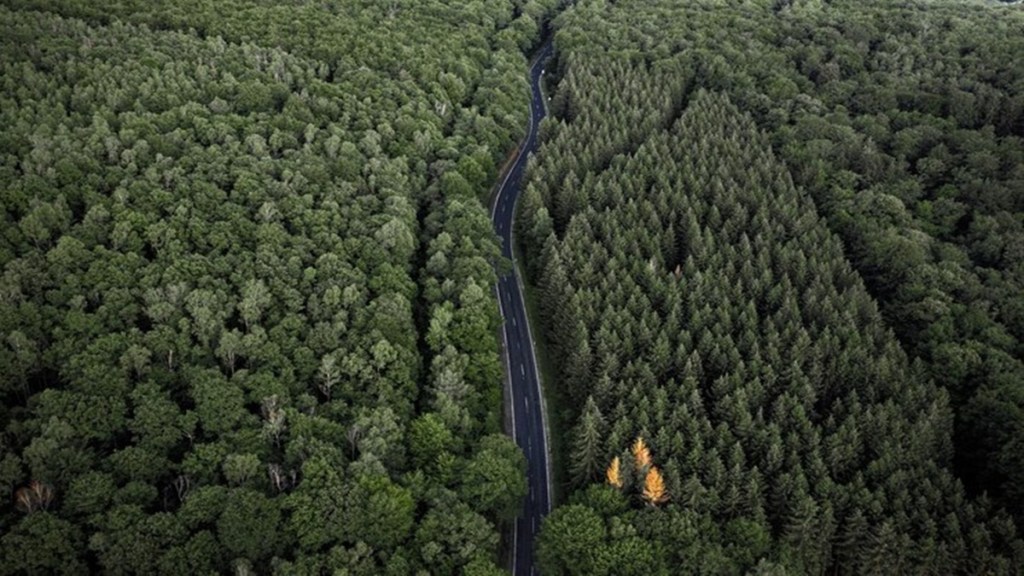The key findings of the latest biennial India State of Forest Report (2023) offer reasons for optimism. A quarter of the country’s geographical area, spread over 8.27 lakh sq km, is today under forest and tree cover, about 1,445 sq km more than the data from 2021 revealed. However, the fine print suggests these are only incremental gains. The net forest cover has seen only a miniscule 0.5% growth since 2021. Moreover, this transpired largely outside the recorded forest areas or RFAs, which are reserved or protected forests. Of the 156.41 sq km increase in net forest cover, only about 7.28 sq km was found to be inside RFAs. Areas under moderately dense and open forests have shrunk though the area covered by dense forests saw an increase. The northeastern states, known for being rich in biodiversity, continued to suffer a decline in forest cover, with only Mizoram recording an increase. Again, worryingly, as many as eight mountain states, including Uttarakhand, have reported dwindling forest cover.
Given that forests are critical to preserve the environment as they act as natural barriers to landslides and soil erosion, this trend must be reversed. Recurring incidence of natural and man-made disasters such as landslides in recent years — resulting from a mix of climate change and rapid urbanisation — betray the fragility of ecologically sensitive regions like the Himalayas and the Western Ghats. The latest report also assessed forest cover across the Western Ghats for the first time, and found that the mountain range lost 58.22 sq km since 2013. India’s national forest policy targets two-thirds of the geographical area in the hills to be forested, and for one-third of the country’s land to be covered by forests and trees. Over time though, the dilution of laws has contributed to the shrinking greenery in the hills.
The government’s data has been criticised on the grounds that the definition of forests is somewhat broad. The environment ministry defines “forest cover” as “all lands, more than or equal to one hectare in area, with a tree canopy of more than or equal to 10%, regardless of its ownership, legal status and includes orchards, bamboo and palm”. Studies by other agencies have not painted as rosy a picture. The Global Forest Watch, which maps changes using satellite data and other sources, pointed out that India has lost 2.33 million hectares of tree cover since 2000, a 6% decrease. The Northeast alone accounted for over 75% of loss of tree cover between 2001 and 2023.
Another worrying aspect is forest degradation, with nearly 93,000 sq km of dense forests lost between 2011 and 2021; half of this, the India State of Forest Report shows, degraded into non-forest land. The cleaning up of forests is a serious threat, much like deforestation. They harm biodiversity, add to pollution, and lower capacity as carbon sinks. It is important to ensure forest conservation laws are not weakened or bypassed and that infrastructure is not built at the cost of the environment. As a part of its climate action or nationally determined contributions, which are at the heart of the Paris Agreement goals, India had committed to create an additional carbon sink of 2.5-3 billion tonnes by 2030. The good news, as the government’s report points out, is that India already reached 2.29 billion tonnes of additional carbon sink in 2023. This progress is very encouraging in the context of the war against climate change.

